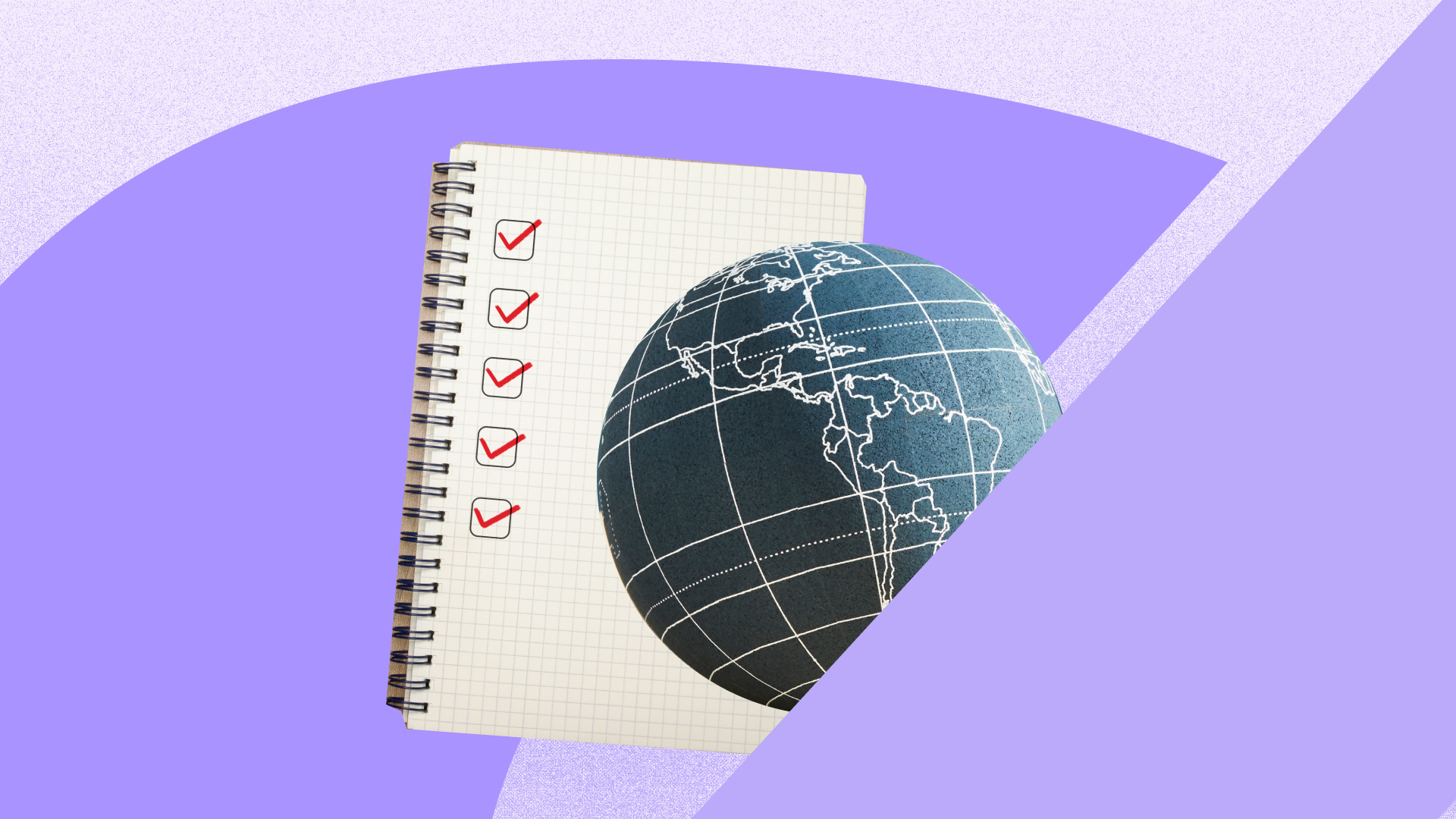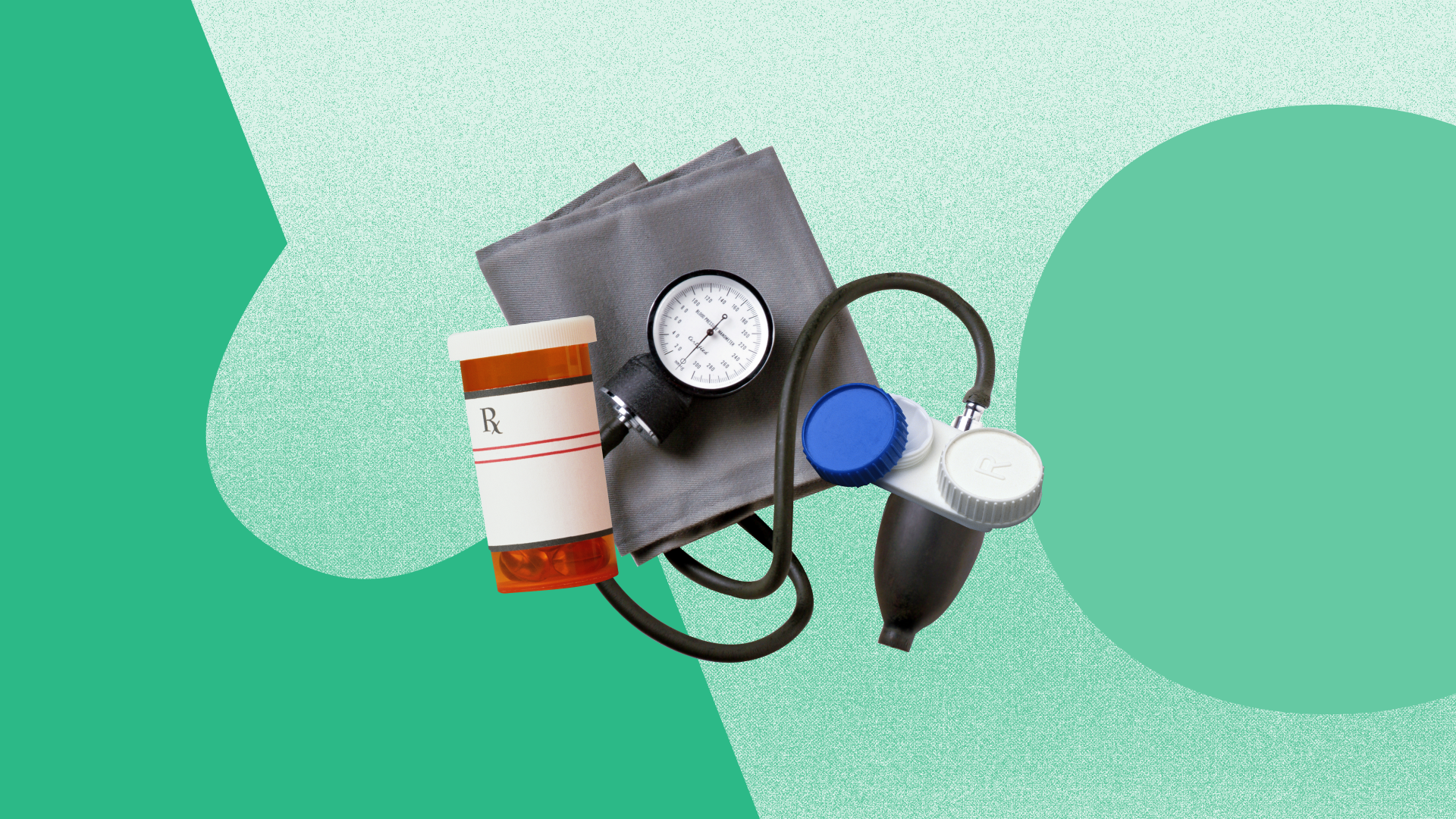Employment Insurance for maternity and parental leave
Eligibility for employment insurance
Maternity leave in Canada
How long is maternity leave in Canada?
Parental leave in Canada
Notice period and procedure
Justworks helps manage Canadian leave
For businesses looking to expand in Canada, understanding maternity and parental leave is essential. Let’s explore Canada’s most recent maternity and parental leave policies.
Employment Insurance for maternity and parental leave
Canadian employment law strongly invests in social programs and benefits. One of these benefits includes Employment Insurance (EI) for maternity and parental leave payments during pregnancy or adoption. In Quebec, employment insurance benefits are called Quebec Parental Insurance Benefits and operate out of their own provincial system.
Self-employed individuals in Canada have the option to qualify for EI special benefits.
Eligibility for employment insurance
To qualify for regular employment insurance for maternity or parental leave in Canada:
You must be employed under an insurable employer
You must meet the specific criteria for maternity and parental leave
Your weekly earnings must be reduced by at least 40% during leave
You must have accumulated at least 600 insurable hours during the qualifying period Or for self-employed individuals made a certain amount of income during the qualifying period
To apply for maternity or parental leave visit the Canadian EI website and start an online application. Note: this must be completed sooner than 4 weeks after your last day of work or you may lose benefits.
Maternity leave in Canada
Maternity leave is only given to those who are giving birth and have to be away from work right before or following childbirth. All other leave (including paternity leave) surrounding birth or adoption falls under Canadian parental leave.
How long is maternity leave in Canada?
Canada’s maternity leave policy allows for up to 15 weeks of leave for new mothers. Paid maternity leave benefits are 55% of the employee’s income or up to $668 CAD per week.
Parental leave in Canada
Canada’s paternity leave policies fall under parental leave – both the mother and the father are entitled to take parental leave. Usually, five weeks of parental leave is reserved for the father following the birth of a child or once a child is placed for adoption.
Parents must choose between:
Standard parental leave taken within 52 weeks of birth or adoption
Extended parental leave taken within 72 weeks of birth or adoption
Once you make the choice and apply for standard or extended, you can’t change your decision so carefully consider what options suit both parent’s needs. If sharing parental leave benefits, both parents must submit an application for employment insurance and agree on standard or extended payments.
Employment insurance benefit payments for parental leave:
Standard parental leave: 55% of employee’s earnings up to $638 CAD per week
Extended parental leave: 33% of employee’s earnings up to $383 CAD per week
Notice period and procedure
Recently pregnant employees need to inform their employer in writing at least four weeks before they plan to start maternity leave with an estimated end date. Employers can opt to request a medical certificate from their healthcare provider with an expected due date.
New parents taking parental leave or adoption leave should give their employers at least six weeks of written notice and explain if they plan to take standard or extended leave. The only exception to these notice periods are in cases of emergency situations for medical reasons or if an adopted child is placed suddenly in the home.
It’s against the law everywhere in Canada for an employer to lay you off or terminate your employment while on maternity or parental leave.
Justworks helps manage Canadian leave
With our tailored solutions for global EOR, Justworks ensures seamless transitions for expecting and new parents in Canada. We prioritize the well-being of your employees while minimizing administrative hassle for your HR team. Elevate your company's commitment to family-friendly policies by partnering with us today.
Want to learn more? Get started today!
Learn more with Justworks’ Resources
Scale your business and build your team — no matter which way it grows. Access the tools, perks, and resources to help you stay compliant and grow in all 50 states.






